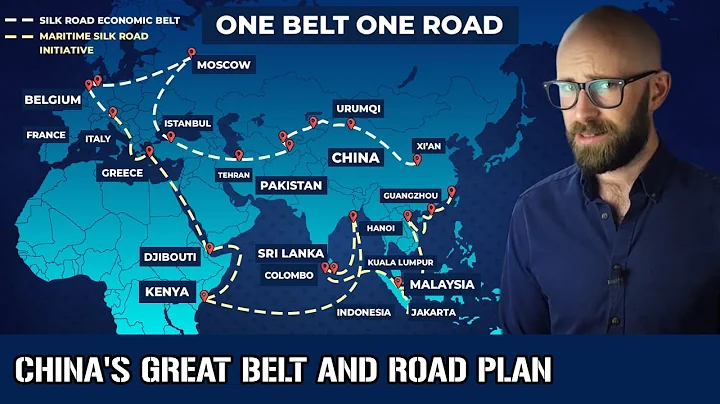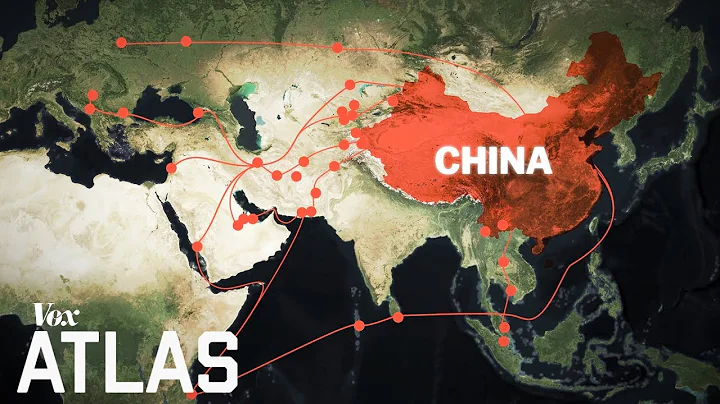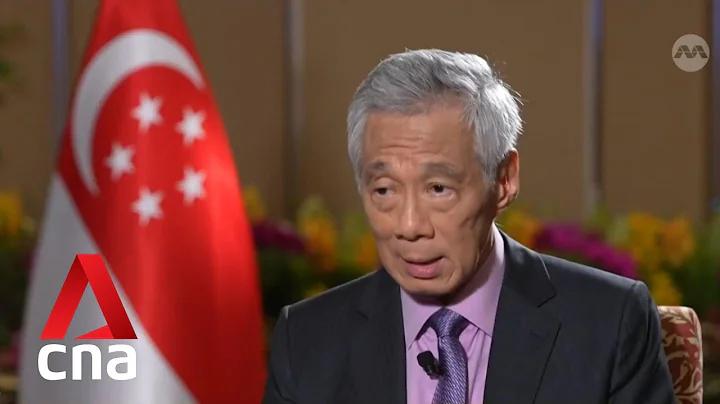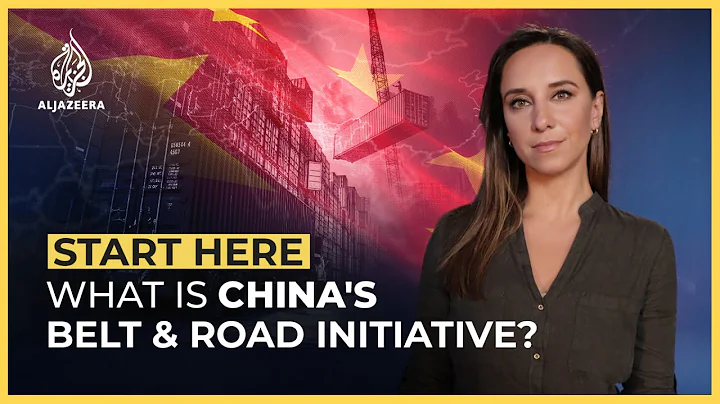This article has a total of 1972 words
Reading is expected 5 minute
Author | Antara Ghosal Singh
Compilation | Song Kexin
Review | Gu Qingzi
Editor | Ye Weijie Chen Anlan
Introduction
After the conflict in the Galwan Valley broke out in June 2020, the face of How should India deal with China? This article is compiled from "The Times of India". The author Antara is from the India Observer Research Foundation and studied at the School of Public Policy and Management at Tsinghua University. In the article, she sorted out and analyzed the relevant comments in my country related to India. The author believes that in the current context of intensified competition between China and the United States, on the one hand, China needs to win over India to check and balance the United States and promote the "Belt and Road" construction; but on the other hand, China is also worried that India's rise will pose a threat to itself. Therefore, the author believes that the Sino-Indian border conflict is the product of the mutual pull between India's two roles towards China from the perspective of China. In view of this, India should avoid a single, "head-to-head" power game with China, but should seize the opportunities brought by the objective needs of China and the United States for India in the context of intensified Sino-US competition, and enhance its strategic influence. , thereby affecting China’s diplomatic behavior. It is worth noting that the author of this article has many biases in his understanding of China, so readers are advised to be careful. The South Asia Research Group hereby compiles this article for critical reference by readers.

Picture source network
China’s domestic discussion revealed the reasons behind the crisis at the Line of Actual Control, and also taught India a lesson - It is time to recognize and utilize its growing strategic value to China.
Two years after the severe conflict in the Galwan Valley in June 2020, some of the drivers of the crisis remain a mystery. Why did China choose to violate existing agreements and disrupt border peace and stability? Why would China reverse the progress made in bilateral relations over the past 45 years? Some see this as China's reaction to India's 2019 revocation of the special status and autonomy previously enjoyed by Indian-administered Kashmir. Others see an infrastructure arms race along the Line of Actual Control (LAC) as the direct trigger. Some people also believe that the increasing great power competition between China and the United States is the cause of the deterioration of Sino-Indian relations. Regarding the above questions, an investigative report on China’s domestic India-related discussions before and after the conflict in the Galwan Valley provides important clues.
First of all, we must understand that India exists in four areas of China's strategic layout: major power diplomacy, peripheral diplomacy, developing country diplomacy and multilateral diplomacy (the basic framework of China's diplomatic practice). A detailed Chinese document shows that the crisis at the Line of Actual Control may be a manifestation of India’s increasingly intensifying role conflict in China’s major power diplomacy and strategic layout of peripheral diplomacy. In a recent paper published by the Stimson Center, the author pointed out how, as part of great power diplomacy, China seeks to cooperate with India to check and balance the US strategy.
China believes that India, which is not aligned with the United States, is a "key variable" that determines the success or failure of the United States' "Indo-Pacific Strategy" and is therefore crucial to China's interests. At the same time, the implementation of China’s “One Belt, One Road” initiative relies heavily on India. "One Belt, One Road" is China's version of the "Indo-Pacific Strategy", which aims to connect economies in the Pacific and Indian Oceans and place them under China's leadership. At the same time, we will open up a stable, safe and economically feasible maritime export in the Indian Ocean to overcome the Malacca dilemma. Chinese scholars often emphasize that India’s support, cooperation and access to the ultra-large-scale Indian market are crucial to China’s successful and efficient implementation of the Belt and Road Initiative in South Asia.In addition, China attaches great importance to India's key role in maintaining the stability of China's overall security environment, which allows China to focus on the Pacific region and cope with the pressure of the -US alliance system.
However, in sharp contrast to the great power strategy of promoting cooperation between China and India, China's peripheral strategy strives to form an "overwhelming power advantage" for China in Asia, and in this process it is necessary to check and balance India. Why? Because China believes that India is the only country in the Indian Ocean region that has the geographical advantages and sufficient military strength to intercept China's energy lifeline in the Indian Ocean region, threaten China's unstable western border, replace China in the global supply chain, and compete with China in various international institutions. nation. Therefore, China confronts India on issues such as resolving border disputes, Pakistan issues, or India joining important international arenas. This means that China is worried that any compromise will further enhance India's strength and cause it to lose valuable regional advantages. Vice President of the Institute of Asia-Pacific and Global Strategy, Chinese Academy of Social Sciences Ye Hailin once asked, "What if India manages to obtain these concessions from China, but still chooses to cooperate with the United States?"
This explains why China has In the past year, on the one hand, it has actively courted India on issues related to Sino-US competition and the “One Belt, One Road” initiative, but on the other hand, it has been particularly uneasy about India’s “issue-based diplomacy/problem diplomacy” with China. India's reluctance to put aside its border disputes, its open opposition to the Belt and Road Initiative, its tough stance against Pakistan, its strong response during the 2017 Doklam standoff, and its efforts to boost ties with the United States have angered China as these moves are seen as weakening the region. Influence.
Since 2020, as the epidemic has brought unprecedented international pressure to China, Chinese strategists have accused India of taking advantage of the increasingly fierce competition between China and the United States and rising rapidly. A saying often mentioned in China is that the United States' confrontation with China at the global level has offset China's strength and psychological advantages over India, India is more emboldened than ever before. Not only have China’s cooperation measures with India not been reciprocated, but they have provided India with geopolitical advantages.
It is against this background that the conflict in 2020 broke out. For China, destabilizing the border and creating new flashpoints along the Line of Actual Control (while being careful to avoid an all-out conflict) seems to be the most cost-effective way to bring India to the negotiating table: it forces India to consider China's interests without having to At any real cost. Although the costs of estranged Sino-Indian relations, negative public opinion and the impact on China's South Asia and Indian Ocean strategies are worrying, they are controllable through active diplomatic means, at least to some people in China's strategic circles.
It is important for India to stop believing China's highly successful propaganda strategy that has long been aimed at thoroughly belittling India's role and capabilities while projecting an image globally that "India does not figure prominently in China's strategic calculations" . India must understand its key role in China's foreign policy and future development strategies ("One Belt, One Road" construction/Western Development Strategy/Two Oceans Strategy). As long as India only focuses on the power gap between the two sides when dealing with China, it will continue to be at a disadvantage. India should recognize and make full use of its growing strategic value to China, shape China's behavior and fully benefit from it. India should no longer be led by the nose by China, but should continue to emphasize its fundamental and increasingly important role in China's realization of strategic goals in order to get China to make greater concessions and reconciliation.
About the author: Antara Ghosal Singh is a researcher in the Strategic Research Program of the Observer Research Foundation, New Delhi.
This article is compiled from an article in "Hindustan Times" magazine on June 13, 2022. The original title is India should take a leaf out of Chinas playbook. The original link is https://www.hindustantimes.com/opinion/india-should-take -a-leaf-out-of-china-s-playbook-101655134021512.html
Editor of this issue: Ye Weijie Chen Anlan
* "South Asia Research Newsletter" closely follows the professional research perspectives of diplomacy, internal affairs, policy, society, and economy, etc. Current political hot topics, with an in-depth focus on issues related to South Asia. Welcome to follow our headline account! If you want to get more information, you can directly follow the WeChat public account "South Asia Research Newsletter" , which has more front-line and professional analysis in the field of South Asia research. To contact us (or submit articles), please write to: [email protected]





















